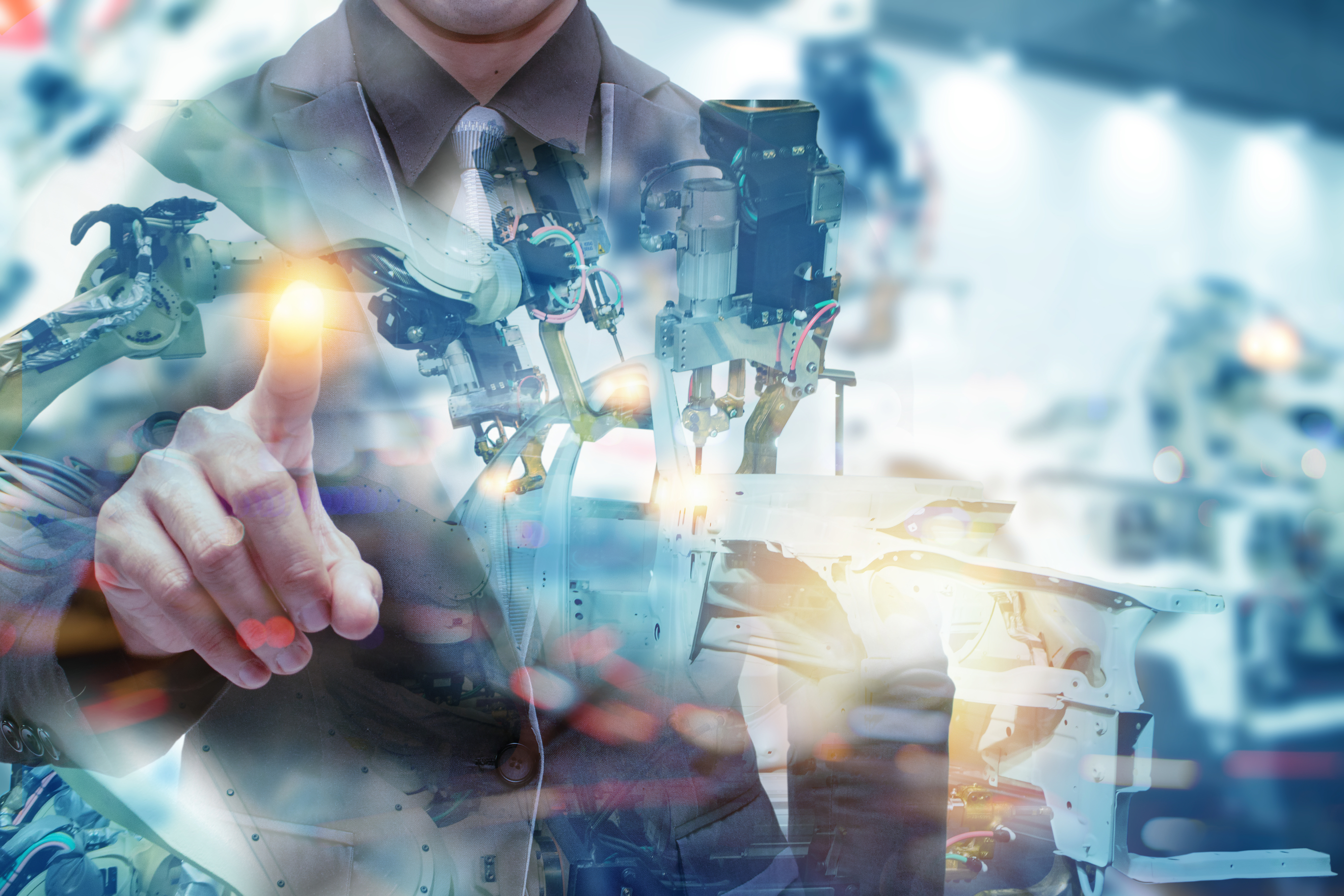Industrial IoT systems have unique requirements and constraints that impact the design of IoT solutions for industrial use. Industrial equipment has a long lifetime, measured in decades, and systems often have legacy edge sensors that are outdated and lack the necessary bandwidth to reach the cloud.
Situated between the legacy edge and the too-far-away cloud is a layer that has come to be known in IoT as the Fog. The Fog is the perfect place for doing the heavy lifting of Machine Learning (ML) in an IoT system. It operates close to the data sources, but has enough power, bandwidth, and local context to make processing more capable than simple edge processing. Data analysis performed at the Fog is drastically faster, providing real-time insights on Industrial systems.
SDS CTO Ed Kuzemchak has delivered a series of presentations on IoT projects in the Industrial space where Fog-based ML has been used in image classification, convolutional neural network processing, and data reduction.
We are happy to offer free access to Ed’s latest presentation so you can gain answers to the following questions:
- What are the unique characteristics of Industrial IoT systems that create challenges for IoT?
- How does a Fog-based architecture present an opportunity to introduce Machine Learning into an Industrial IoT system?
- How does local Fog processing and global cloud processing work together in Industrial IoT?
- What qualifies as an edge node?
- What are the challenges, benefits, and best practices that will make your Industrial IoT project a success?
- What are some real-world examples of applying Fog-based ML to IoT projects in the Industrial space?
- What are actionable takeaways that can be used for your Industrial IoT system?
The information in this presentation provides practical information that you can put to work in your own Industrial IoT system.

